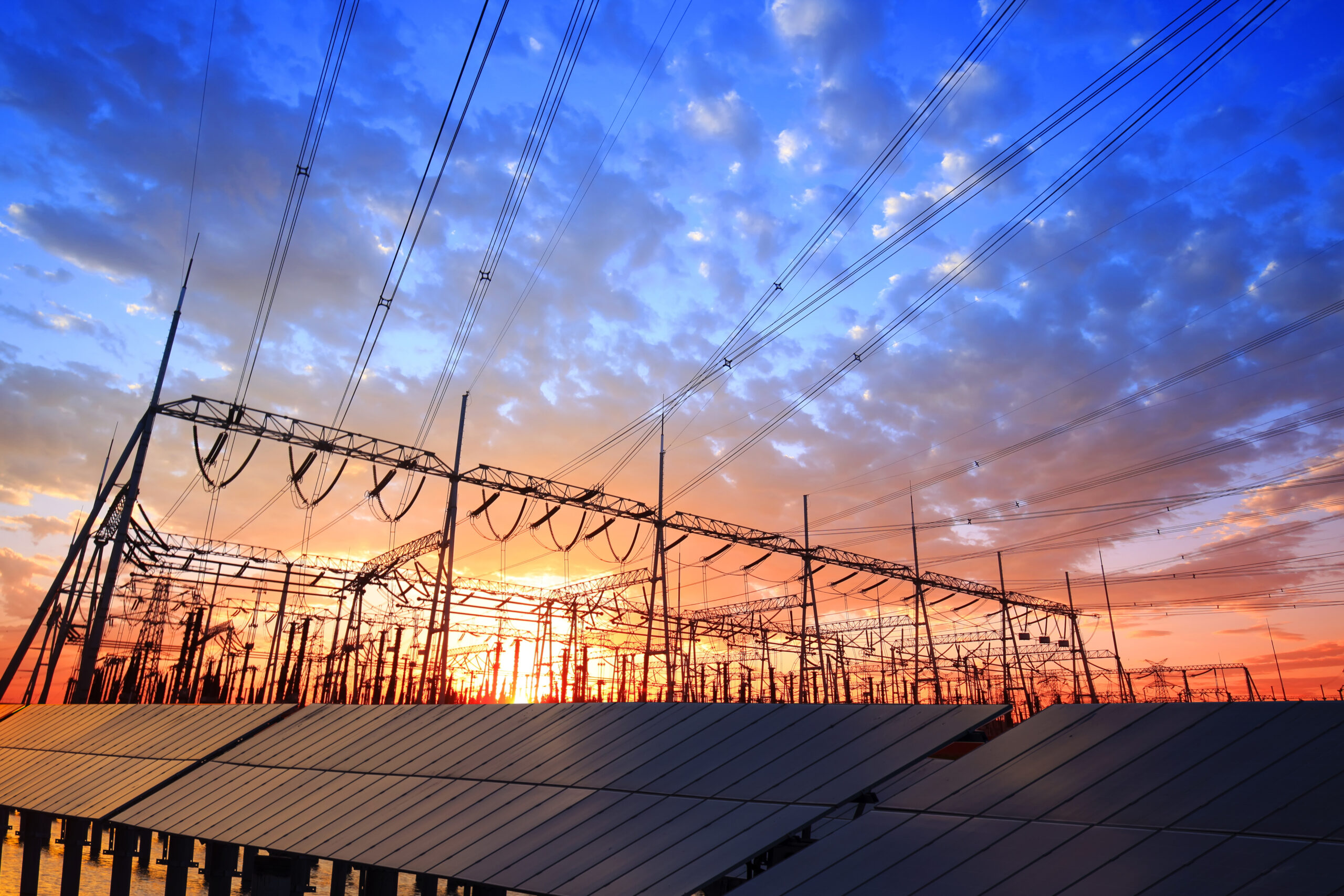
Industry & Grid
What’s happening now
Overall emissions from Industry are relatively low across the region, but these can be some of the more difficult emissions to control, particularly at the community level.
Industry and the electricity grid provide many opportunities to reduce emissions. Improvements to the way we generate, store and transmit electricity can make a big difference to emissions and energy costs.
Industrial processes can use large amounts of electricity and gas, but may also be the source of other warming gasses from refrigeration or gasses released from processes like cement making. You might hear these emissions described in official reports as “Industrial Processes and Product Use” (IPPU). Increasingly attention is also turning to Fugitive Emissions which are the gasses that are released as by-product of the production of fossil fuels.
Industrial emissions in the region are relatively small and generally trending down as more renewables are added to the electricity grid. Emissions from industrial gas use can be difficult to shift and each industry may require specialised processes to electrify.
Carbon Emissions from Industry
The total annual industrial emissions (total = 178,000 tCO₂e, 21/22)for the South Coast region, separated by industrial subsector. Hover over the donut to see the emissions for each subsector. Source: snapshotclimate.com.au
Changes to the Grid
Overall, Western Australia generates more of it’s electricity from gas (as opposed to coal) when compared with other states. Renewable energy is, however, an important and growing part of this mix, increasing by 300% in the last seven years alone. Electricity generation from renewables is growing but non renewables are still the dominant energy source.
The South Coast region is rightly recognised for its wind farms, in particular the Mount Barker Community Windfarm, the Denmark Community Wind Farm and the Albany Wind Farm, which when constructed in 2001 was the largest in Australia.
Generation of Electricity Renewable vs Non-renewable
The total electricity generation from renewable sources (blue) and non-renewable sources (red), in Western Australia over the last 8 years. Source: cleanenergyregulator.gov.au
Sector action impact
In the South Coast region, a significant portion of emissions from industries is associated with agriculture, forestry and agriculture-focused manufacturing, such as food and beverage production.
The industrial sector has a long history of innovation and optimisation but has been relatively overlooked as a sector to target for emissions reduction because of its complexity and variation. However, with improved technologies and techniques, this is increasingly changing.
Through direct action, local industry may be able to reduce emissions by almost 40%
Projected Emissions for Business as Usual vs Action for Industry
Emissions projections from industry for the South Coast region. The red line indicates the projected emissions if the industrial sector were to continue Business as Usual. The green line shows the potential reduction in emissions if all industry-related actions on this website are implemented. Source: South Coast Alliance Regional Net Zero Plan – Ironbark Sustainability 2022
Opportunities for Action
Industry often has specialised needs for its operations that change from site to site. This makes it challenging to create general advice on how to take action on emissions, however there is a growing range of resources available to identify what the best options may be. Delve into the individual actions within this sector for more information.
Projected Impact of Actions for Industry
The estimated impact on carbon emissions from industrial actions for the South Coast region from 2022 to 2050. Hover your cursor over the bars to see how different industry and grid improvements can reduce emissions each year. Source: South Coast Alliance Regional Net Zero Plan – Ironbark Sustainability 2022